From a young age, I felt a disconnect between our culture and nature. I was always curious about the natural world and wondered why anyone would want to study anything else. My father’s idealist view and respect for Indigenous people specifically inspired me. I longed to live more connected to the land, like the Indigenous people whose ways of life I had come to admire.
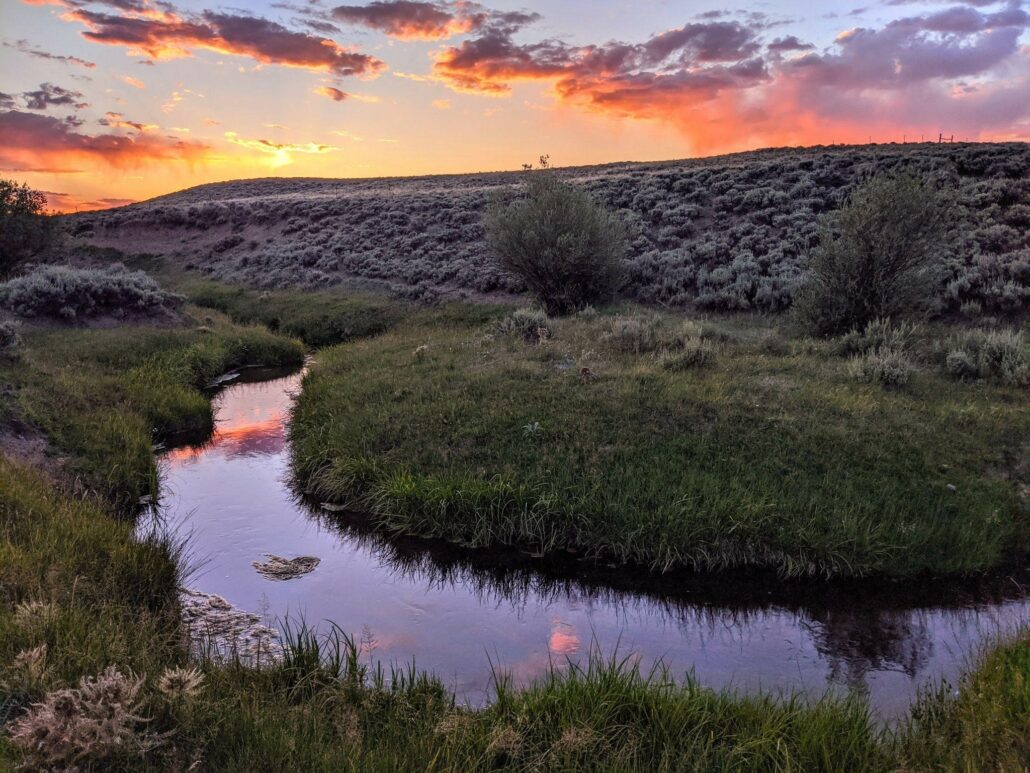
Sunset over Little Savery Creek
As I began to educate myself on traditional ways of knowing, I realized that my Western education had only taught me one way to approach the world. I was missing out on other ways to learn and understand the natural world, including Traditional Ecological Knowledge (TEK). This inspired me to explore the complementarity of TEK and Western science and how integrating these knowledge systems can help us improve our approach to conservation and land management.
Western science is based on empirical evidence, rigorous testing, and peer review. It is often seen as objective, universal, and free from cultural biases. While, Western science has made significant contributions to our understanding of the natural world, the fact that Western ecology is viewed as separate from social and cultural contexts limits the complexity of the problems that Western science can realistically solve. It tends to prioritize quantitative data and experimental research methods over personal experiences and anecdotal knowledge. This can result in valuable ecological knowledge being lost, as it may not be documented or passed down to future generations.
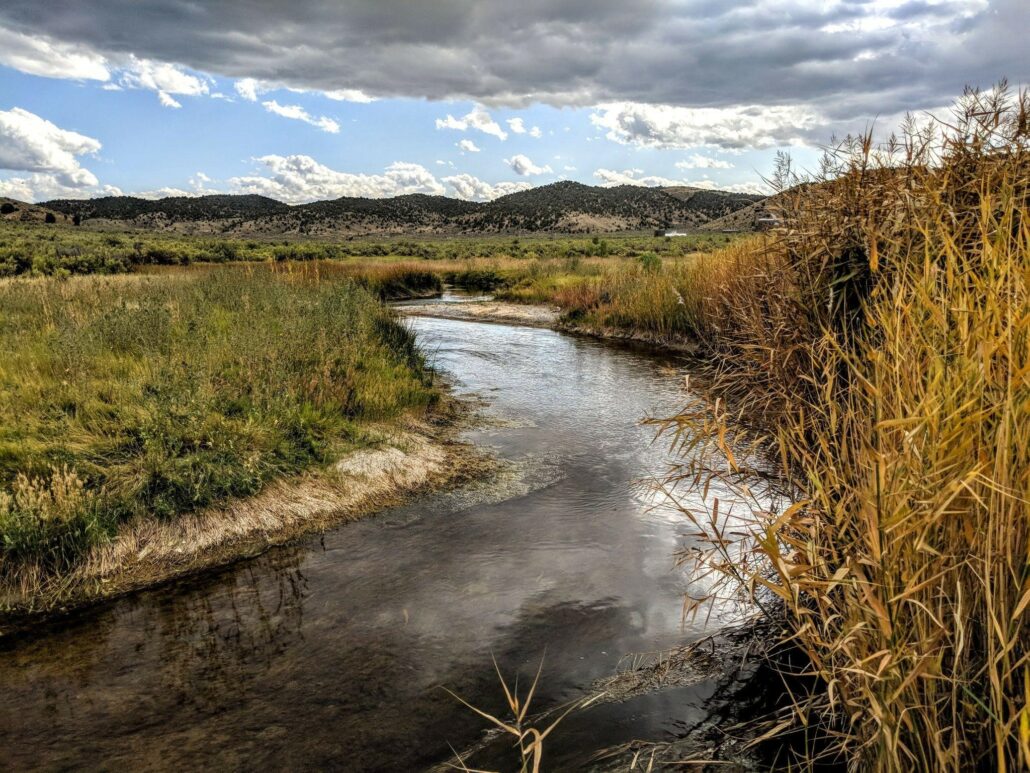
Piceance Creek
In contrast, TEK involves a more holistic understanding of the natural world, incorporating both scientific and cultural knowledge passed down through generations. By emphasizing the importance of personal experiences and anecdotal knowledge, TEK provides a valuable perspective that complements Western science and helps to bridge the gap between scientific and cultural knowledge.
Understanding the big picture of ecosystems in the arid west requires observing their variations and patterns for at least 30 years. This amount of variation is often compromised in published works, since most studies occur over a shorter period of time. TEK is especially effective in observing ecological phenomena in a single locale over a long period of time, one of many examples of how TEK can complement Western science and guide our approach to understanding and managing ecosystems.
In a beautiful analogy, Robin Wall Kimmerer compared the symbiotic relationship that could exist between these two knowledge systems to a Three Sisters Garden. A Three Sisters garden is a traditional agricultural technique used by many indigenous cultures of North America and involves interplanting corn, beans, and squash. These crops grow more productively together than they do grown separately, which has been shown through both types of knowledge. Both Indigenous knowledge and Western science are rooted in the systematic observations of the land. Indigenous knowledge can be seen as the corn that forms a trellis to guide the beans of Western science, while the squash creates a climate for knowledge to grow.
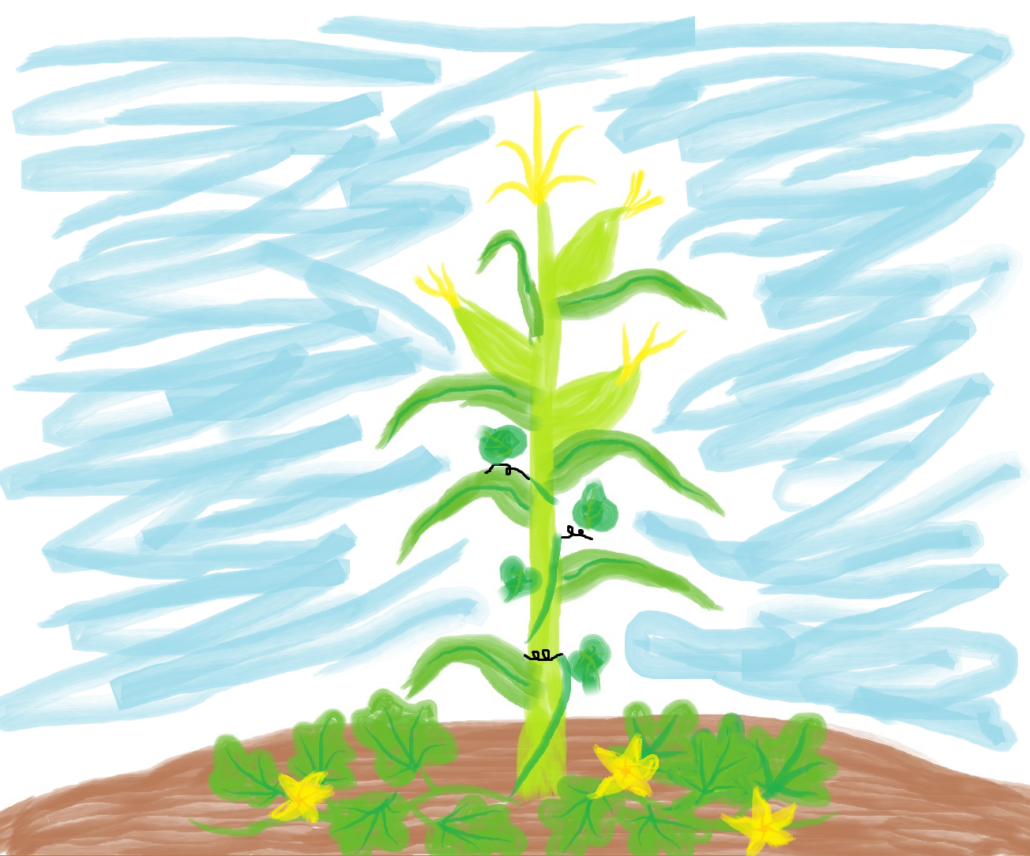
A Three Sisters Garden illustration by Olivia Laws – Corn, Beans and Squash
There is also a fourth sister, those who tend the garden, which would be all of us. We should care for the TEK portion of the garden, since the Western ways of knowing are already so dominant and well tended. We should promote collaboration between Indigenous and non-Indigenous researchers, as well as involve local communities in conservation efforts. Traditional Ecological Knowledge (TEK) does not clash with or weaken Western science. Instead, it broadens the scientific perspective to include humanity’s relationship with the natural world through its principles of respect, responsibility, and reciprocity.
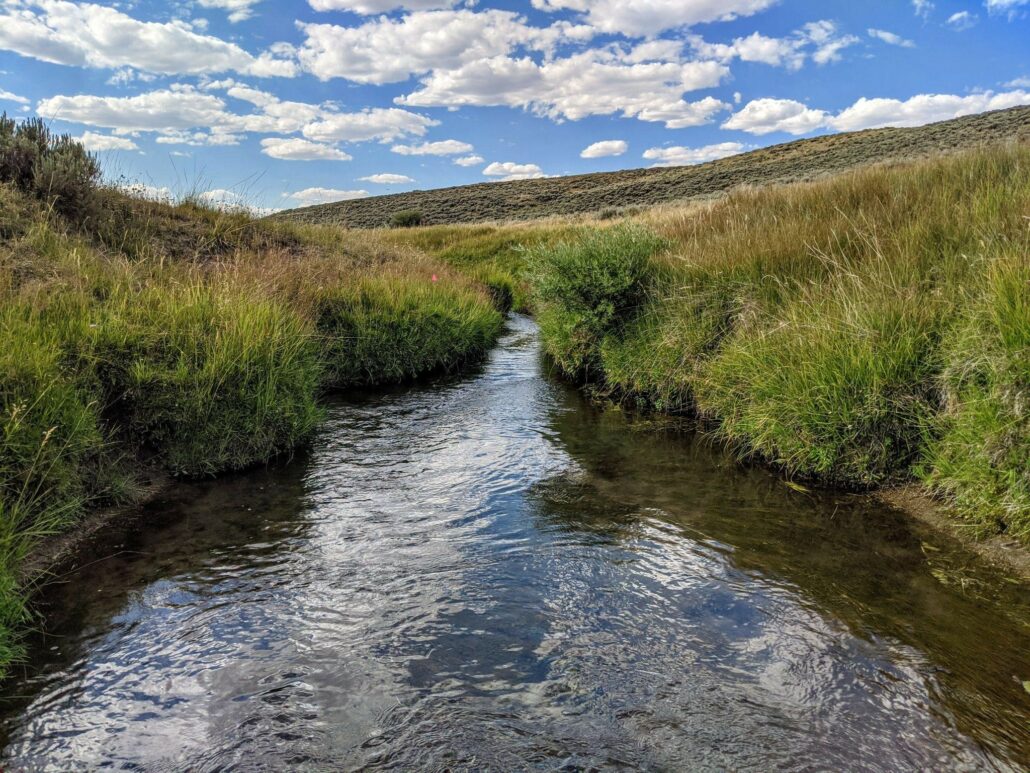
Little Savery Creek
If you would like to learn more about Indigenous Knowledge and TEK I highly recommend starting with Robin Wall Kimmerer’s Braiding Sweetgrass. Additionally, the Ecological Society of America has an entire page on their website dedicated to a variety of resources on TEK, from books to webinars. To learn more about the work our Private Lands Wildlife Biologists are doing check out our Stewardship page.
The Central Grasslands Roadmap (CGR)is a great example of combining Western science and Traditional Ecological Knowledge as explained by Olivia. CGR aims to guide and inform innovative and connected conservation for the benefit of grassland birds, pollinators and mammals, as well as to ensure viable human communities across the landscape of one of North America’s most biogeographically unique areas. The Roadmap community includes a cross-section of leaders and experts that live and work in the Central Grasslands — including producers on working land, Indigenous Nations, federal, state and provincial agencies, foundations, industry, and nongovernmental organizations including; land trusts, conservation organizations, and academia.
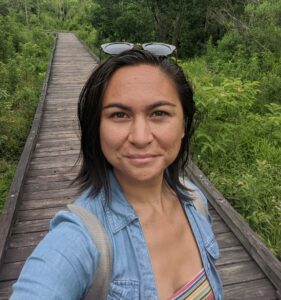 Olivia Laws is a Private Lands Wildlife Biologist based out of Sterling, Colorado.
Olivia Laws is a Private Lands Wildlife Biologist based out of Sterling, Colorado.
All photos by Author.


